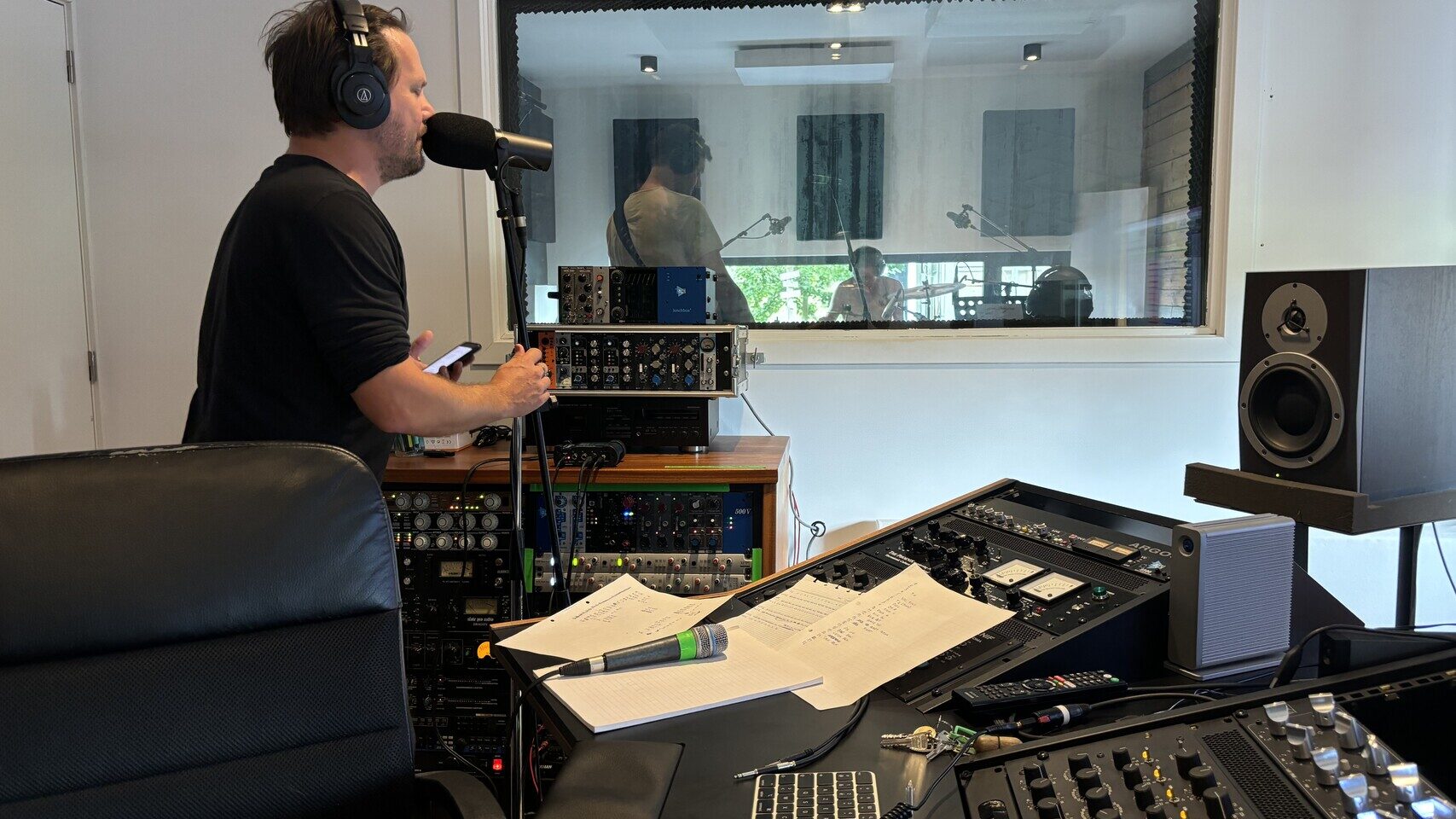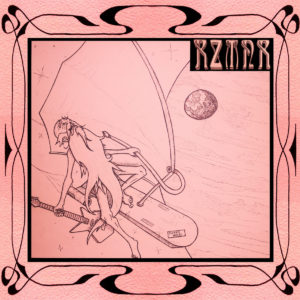Some new stuff on Spotify I had a hand in. Both mastered by Jens at Larsson Mastering.

Some new stuff on Spotify I had a hand in. Both mastered by Jens at Larsson Mastering.

Now this was a cosy Sunday afternoon. 500 people that hadn’t sung together before came together in De Singel, Antwerpen, learned some songs, and after some rehearsing we recorded this version of “Locked Out Of Heaven” by Bruno Mars. Audio mix, guitar and Ableton Live drum track by me!

It has been out in the open for a while now but I hadn’t shared it over here yet. Recorded by me at Larsson Studio (sounds way bigger than it is!), mixed at home by me and mastered by Larsson Mastering. Especially loving “Zenith” off this EP (open this post to check the EP on an embedded Spotify player).